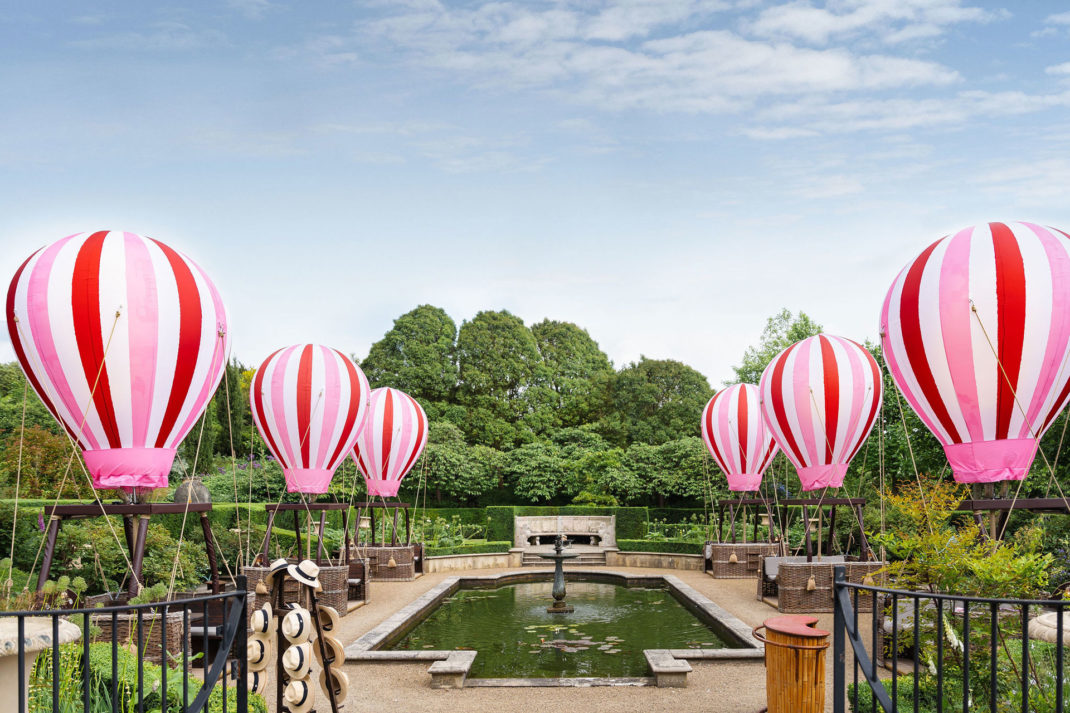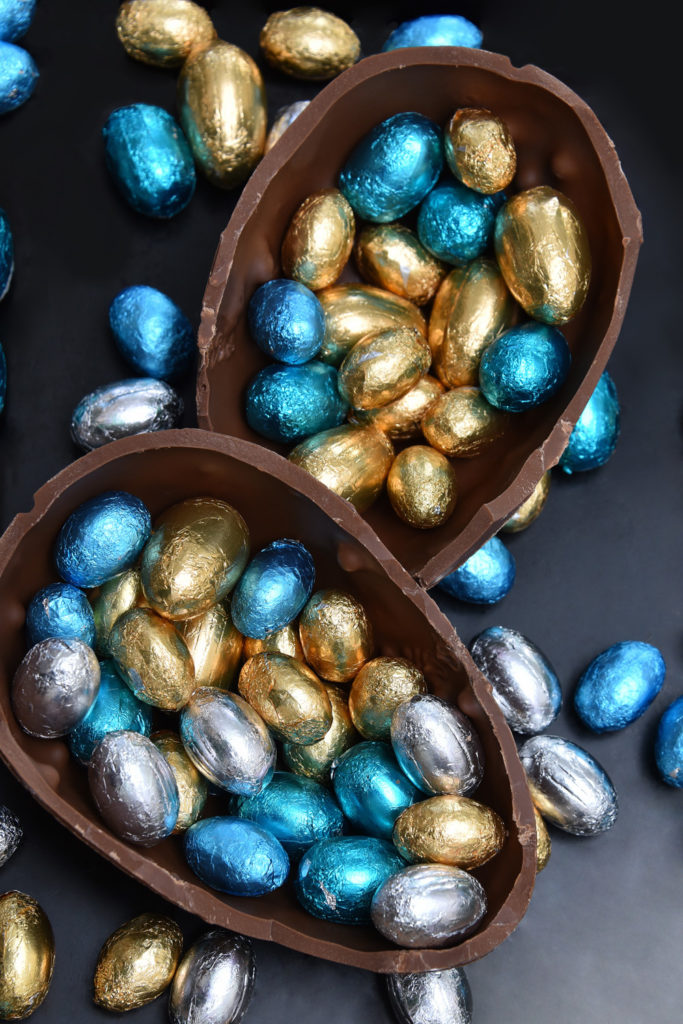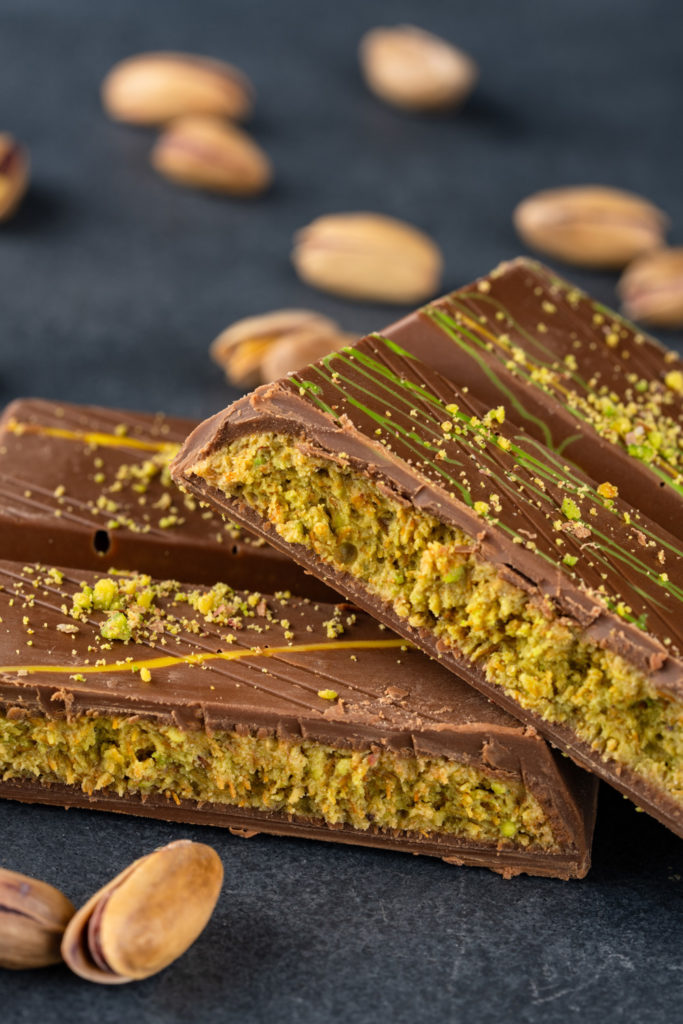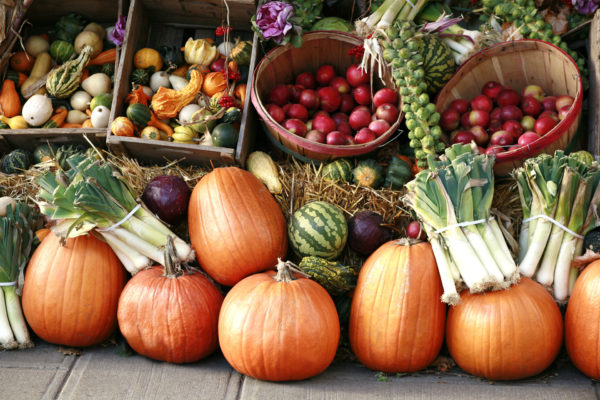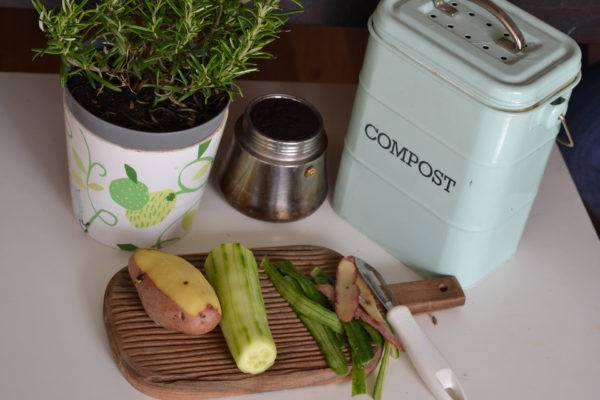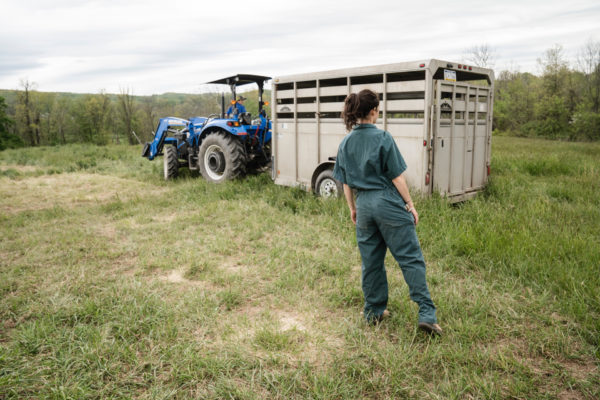Food and Farming with the Jefferies’: What Is Harvest Season?
By
2 years ago
An insight into the most important time on the farming calendar
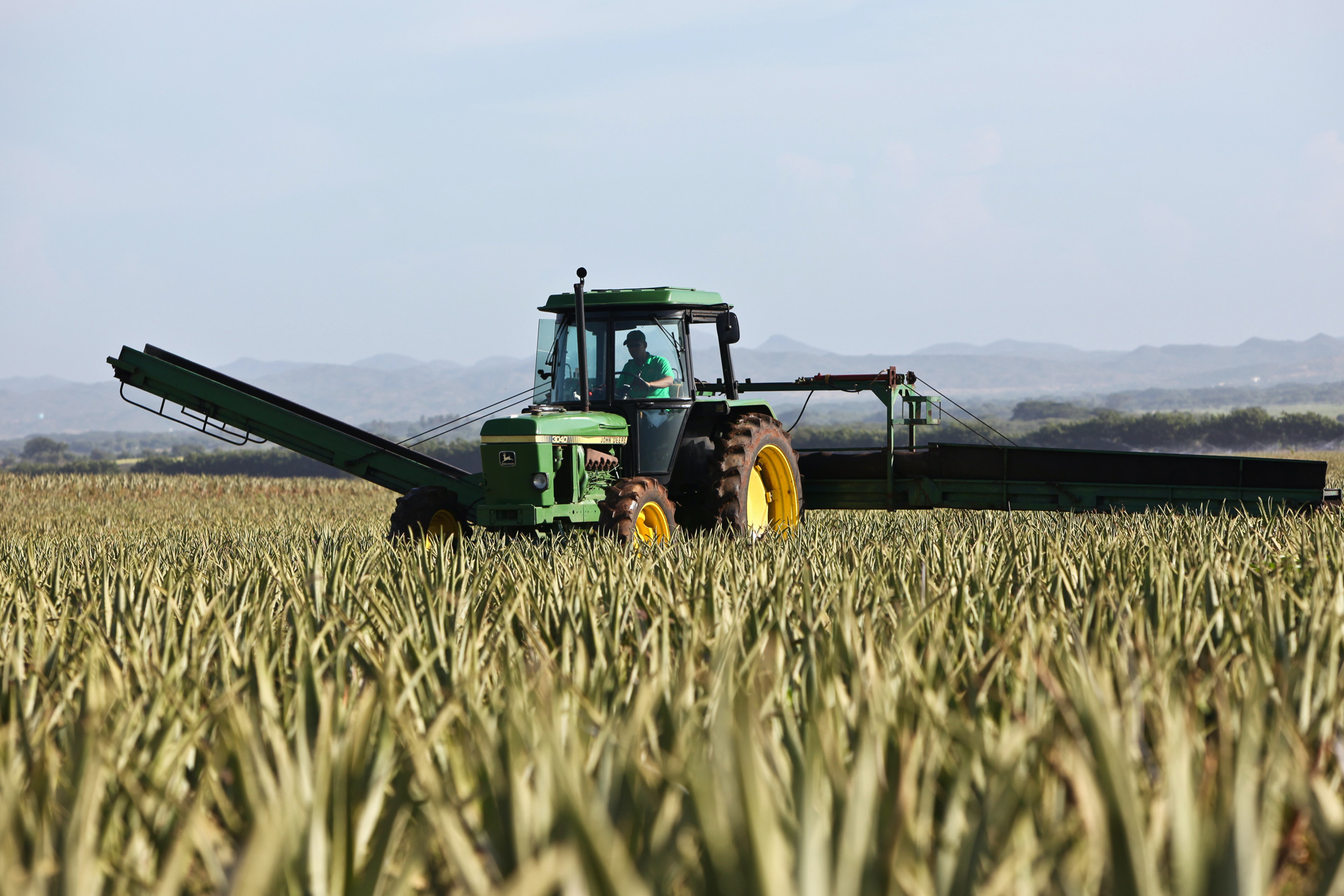
In our bi-monthly column, husband-and-wife duo John and Jenny Jefferies will give us some insight into life on their south Cambridgeshire farm. John is a farmer, while Jenny is a food writer, having penned books like For The Love Of The Land. They’re both passionate about British farming, and will share their expertise with C&TH on a bi-monthly basis. This July, they tell us all about harvest season, and what it looks like at the farm.
Food and Farming with the Jefferies’: What Is Harvest Season?
What a magnificent month we are having, with pleasantly warm temperatures and much sunlight. As farmers we convert this sunlight (or the plants do this for us) into food energy. The equation is simple: the more sunlight the crop receives the bigger and fatter the grains of wheat, barley and oats. All we need to do is hope for a little rain every now and again. This has been more or less absent on this farm since 11 May, other than 5.5mm last night. But we have a clay soil which retains the winter moisture very well. So at the moment we are ok, but farmers on lighter, sandy or chalky soils are certainly dancing for rain at the moment.
Harvest Season
The next and most important part of the farming calendar is just around the corner: harvest. What a fantastic season this is on the farm. Before your eyes you see the crops maturing and ripening. The fruits of your labour, at times 11 months of growing, then present themselves in front of the combine harvester. Driving the combine is without doubt the ‘King of Jobs’ on the farm. Some of the latest Combine Harvesters can cut a swarth of 12m of crop and have an output close to 100 tonnes of harvested grain per hour. These machines can cost up to £750,000 and have an amazing degree of automation. They are able to self steer with an accuracy of 1cm, monitor their own rates of work and make adjustments to their own settings to ensure optimum output. However, they still require a large amount of skill and experience to make the initial settings and oversee the operating systems.
My combine is not quite as sophisticated as that. It is affectionately called Hollie and I bought it 16 years ago, but it was the latest in harvesting technology when new. Hollie’s rate of work is about 45t per hour and she cuts a 9m swarth – so still a sizeable machine with an impressive rate of work.

The best part of harvest are the long working days, frequently 14 hours and sometimes up to 18 hours a day. It is an honour and a pleasure to work to produce the food that we all need and value. I also love to see the crop come towards the combine as we drive through the fields, (I work in partnership with Hollie, listening to her responses to what I ask of her). It is possible to readily see what has gone well and what less so during the course of the growing season. The long days provide opportunities to not only be part of the working countryside but also to photograph it. One of my all time favourite photos is the setting sun behind Hollie. I have named this photo ‘crowning glory’. But equally so I enjoy the simplicity of the combine biting into a good crop of wheat in the heat of the day.
James Beamish of Holkham, as featured in For The Love Of The Land II says: ‘Our farmland is a rich tapestry of life: we create wide grass and wildflower margins; leave hedges to grow broad and tall to encourage richer biodiversity; champion cover-cropping, conservation and tree planting; and are working on restoring historic ponds. We believe farming and conservation go hand-in-hand.
‘When it comes to cropping, we are fortunate to be in what is classed as the ‘champagne’ region of malting barley, and we now partner Adnams in Suffolk with a large proportion of the barley used to brew their award-winning ales. We also grow sugar beet, which is supplied to British Sugar, as well as wheat, oilseed rape, beans and maize. The latter is used in the anaerobic digestion plant we have onsite, which creates enough energy to power our local area and a soil improver that goes back onto our land. Alongside this, we also have a solar farm.
‘The collective knowledge and expertise between myself and my colleagues Jake Fiennes (conservation), Harry Wakefield (forestry) and Mark Fitzer (game keeping) makes us a formidable team and it is this rare mix, together with our vision and ambitions at Holkham, that allows us to forge ahead and lead the way in influencing positive change.’
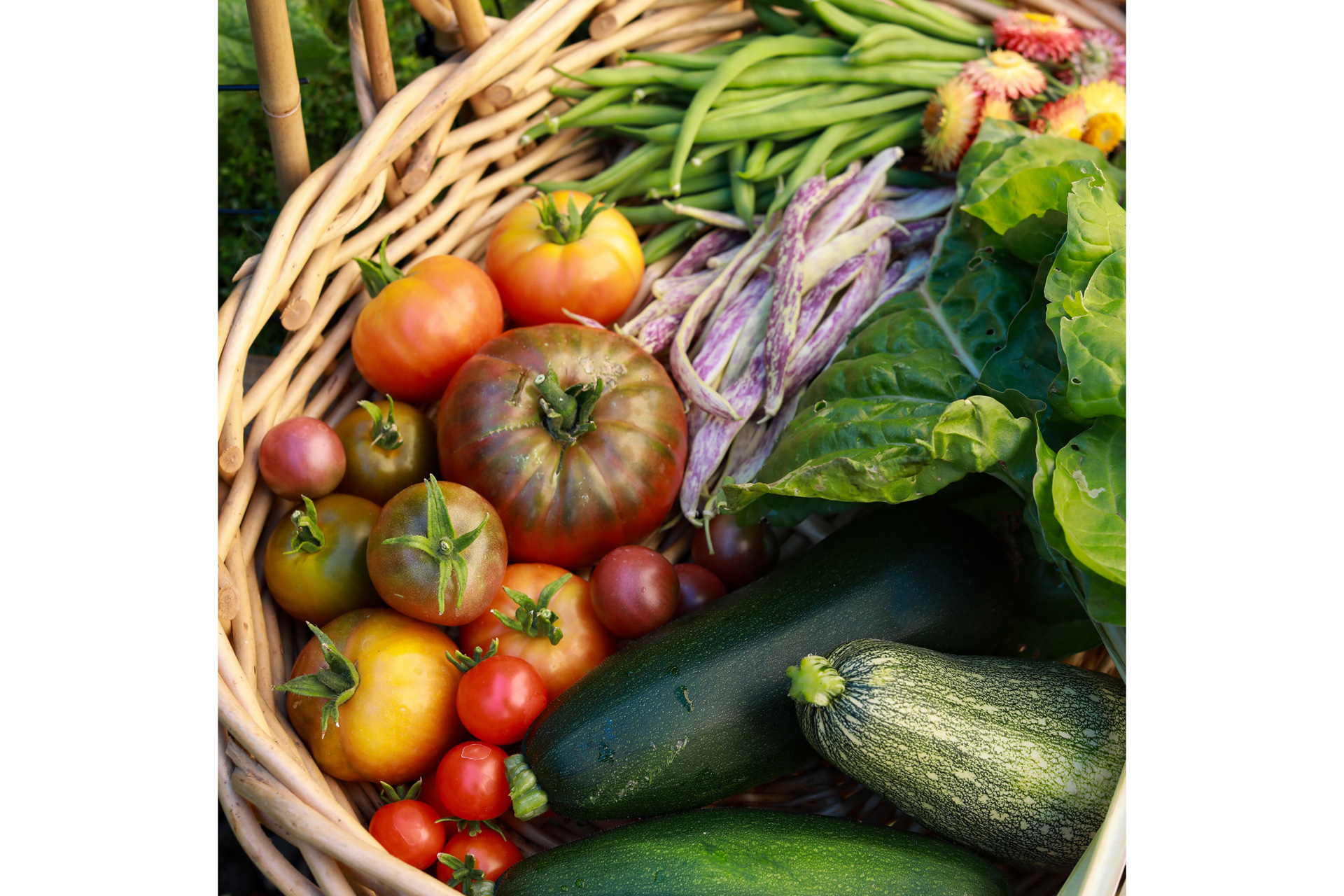
Recipe: Faggots, Pomme Purée and Horseradish Jus
Michael Chamberlain, head chef of The Victoria at Holkham, produced this hearty dish to satisfy Lord Leicester’s love of traditional food while minimising waste.
His faggots (meatballs made from minced off-cuts) are made using leftover beef from our Belted Galloway herd and offal from the estate’s lambs, creating something delicious from what might otherwise be thrown away.
- Preparation time: 30 minutes
- Cooking time: 2 hours 45 minutes
- Serves: 4

Ingredients:
For the faggots
- 50g salted butter
- 1 small onion, finely diced
- 2 cloves of garlic, grated
- 10g sage, finely chopped
- 10g picked thyme
- 500g minced beef
- 100g lamb’s heart, finely diced
- 100g lamb’s liver, finely diced
- 100g lamb’s kidney, finely diced
- 200g smoked bacon, finely diced
- 5g each salt and pepper
- 2 eggs
- 100g breadcrumbs (more if the mix is wetter)
- Caul fat, to wrap
- 1 litre vegetable stock
For the pomme purée
- 800g Maris Piper potatoes 200ml milk
- 75g salted butter
- For the horseradish jus
- 500ml veal stock (or beef stock if you don’t have veal)
- 40g horseradish sauce 25g salted butter
For the faggots
Heat the butter in a heavy-based pan. Sweat off the onion, garlic and herbs and set to one side.
Method:
- In a bowl, combine the mince, offal, bacon, onion mix, salt, pepper and egg. Mix well, then add enough breadcrumbs to make an easy-to-shape ball that is not too sticky and does not break up.
- Roll the mixture into 125g balls and wrap each one in the caul fat. Place the balls into a deep casserole dish and add enough vegetable stock to come halfway up the balls. Drizzle with oil and cover, then bake at 180°c for 2 hours 45 minutes.
For the pomme purée
- While the faggots are baking, boil the potatoes until soft and allow to drain well.
- Put the milk and butter in the pan and heat until reduced by one third. Return the potatoes to the pan, mash until smooth and season to taste.
For the horseradish jus
- Boil the veal or beef stock until it has reduced by half. Once reduced, add the horseradish sauce.
- Whisk in the butter to thicken the jus as you are ready to serve.
To serve
Place a large serving spoonful of mash in the centre of the plate, place the faggots on top and nappe (coat) them with the jus. Serve with seasonal vegetables.
Follow @jennyljefferies and @fullershill.farm for more updates from the farm

